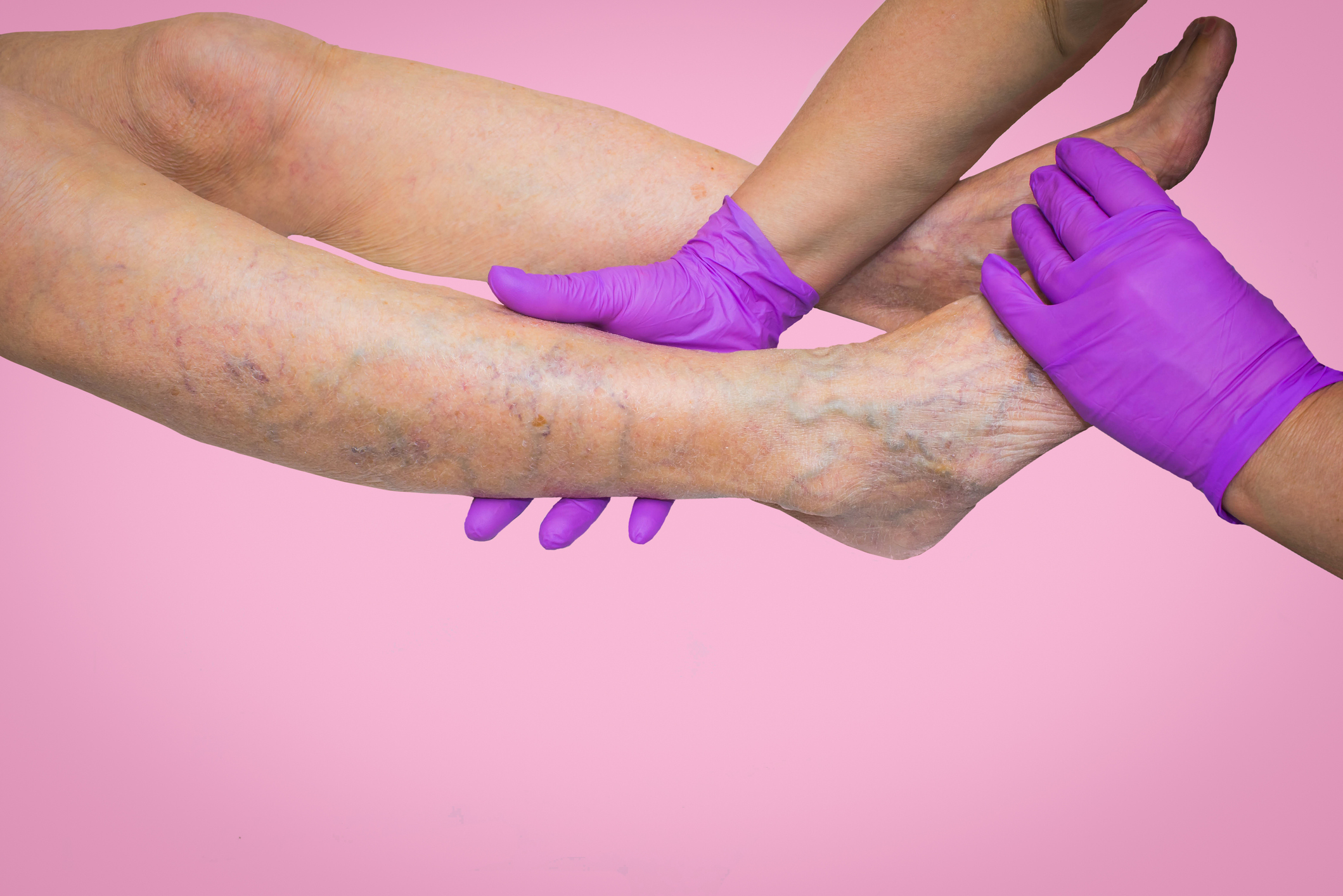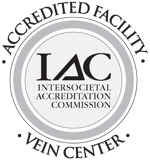One of the most common questions we get here at the Vein Institute of New Jersey is: What is Chronic Venous Insufficiency (CVI)?
Venous insufficiency is a chronic condition where there is inadequate return of blood from the veins in the leg back to the heart. Normal healthy leg veins have a series of valves which prevent blood from pooling in the legs while we are standing.
The pooling of blood creates surrounding pressure (called reflux), which may result in enlarged blue, red or flesh-colored veins that can be seen through the skin. Over time, this can lead to other changes to the texture of the skin, and, potentially, leg ulcers, if not treated properly. With continued pressure, the vein walls weaken and bulge. Eventually, we can see a varicose, spider or reticular vein.
What are Some of the Symptoms?
Varicose veins are often the first signs of venous insufficiency. Some other symptoms of venous insufficiency include:
What Can I Do About It?
At the Vein Institute of New Jersey, we utilize minimally invasive techniques, such as ablation, to remove the underlying cause of venous insufficiency.
These minimally invasive techniques can be completed using local anesthesia. With the help of an ultrasound, a very small needle is placed into the diseased vein. Through the needle a catheter is then threaded into the vein up to the level of the upper thigh. Using various forms of analgesic sclerosis, the diseased vein is then closed off. A compression stocking is placed on the leg, and you can usually walk out of our office within half an hour after the procedure has been completed.
Depending on the amount of work varicose veins present, you may also need a microphlebectomy procedure.
Microphlebectomy is when you remove the bulging varicose veins through tiny skin incisions. These incisions are so small that you do not even need to sew them closed. And, they heal with minimal scarring. The recovery time for both these procedures is quite short.
Other basic treatment strategies include:
- Avoid long periods of standing or sitting: If you must take a long trip and will be sitting for a long time, flex and extend your legs, feet, and ankles about 10 times every 30 minutes to keep the blood flowing in the leg veins. If you need to stand for long periods of time, take frequent breaks to sit down and elevate your feet.
- Exercise regularly. Walking is especially beneficial.
- Lose weight if you are overweight.
- Elevate your legs while sitting and lying down, with your legs elevated above the level of your heart.
- Wear compression stockings.
- Take antibiotics as needed to treat skin infections.
- Practice good skin hygiene.
Learn more about suggested treatment strategies from the Cleveland Clinic here.
What Happens After Treatment?
For a few days to a week after treatment, there may be some bruising or tightness in the thigh area. This resolves on its own. Over-the-counter pain medication should be sufficient for managing any minor discomforts. Most of our patients are back to regular activities the next day and their usual exercise regimen within 4-7 days. In the meantime, check out our 10 Things You Should Know Regarding Your Post-Op Vein Surgery for some further information about what to expect after treatment.
If you need more information on chronic venous insufficiency, please contact us. Our goal is to bring you the healthy and pain-free legs you want through proper treatment and education.
Learn more about Dr. Cindy Sturt












.jpg?width=944&name=Castle-Connolly-Top-Doctors-Emblem-Large%20(4).jpg)